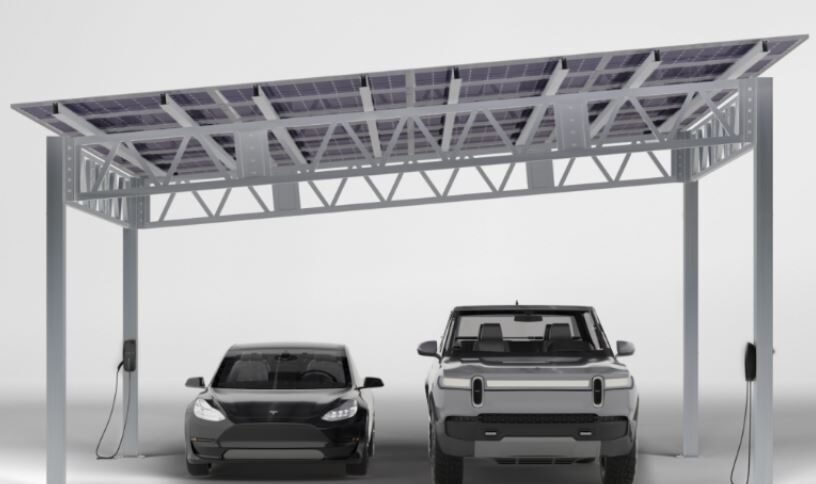At one of its recent sessions, the Government of Montenegro adopted a plan, which will put a stop to the issuance of licenses for renewable energy projects. It noted, however, that the decision does not refer to requests for solar PV installations, which were received in 2017.
As pv magazine learned from the Ministry of Economy, a total of 15 licenses have been granted to date for rooftop solar PV projects under 1 MW in size, the accumulated capacity of which amounts to 5.4 MW. The projects are still to be constructed, and require all other necessary licenses, the last of which is the use permit.
The Ministry further confirmed that nine requests for solar PV projects were submitted in 2017, the accumulated capacity of which stands at 5.3 MW. They are still to be reviewed.
If the projects are realized, Montenegro could add 10.7 MW of new solar PV capacity in the coming years, which would be supported by the country’s FIT program. However, this small figure is unlikely to have much of an impact on the country’s final renewable energy consumption, given its strong reliance on hydro.
The licenses are granted only for rooftop solar PV projects under 1 MW in size. For potential ground-mounted systems, there is no preferential purchase price available.
The country’s FIT stands at €0.12/kWh and is intended only for residential and commercial rooftop systems built under a 12 year PPA. However, to date, no solar plants have been granted the status of preferential producer.
So far, the only beneficiaries of the FIT system have been 13 small hydro power plants and the 72 MW wind power plant, Krnovo.
In the country’s Energy Development Strategy, the government pledges to support electricity production from PV plants in case investors show interest, though without guaranteeing purchase under the FIT scheme.
Earlier in January, the Montenegrin Ministry of Economy kick-started the third phase of the installation of PV panels on shepherd’s houses dispersed across the country’s mountainous areas. Overall, it aims to bring 54 new PV systems online which will help power these secluded households.
Following the first two phases of the project in 2012 and 2013, which saw the installation of 189 PV systems, the ministry is now set to allocate €55,000, in order to cover 70% of the project costs, whereas the remaining 30% will be covered by homeowners.
Despite being sun-drenched for around 200 days a year, Montenegro has remained slow on PV uptake, with no solar quota allocated.
According to the latest Eurostat data released in 2017, Montenegro far exceeded its 2020 RE targets, covering 41.3% of its energy needs with renewables.
This content is protected by copyright and may not be reused. If you want to cooperate with us and would like to reuse some of our content, please contact: editors@pv-magazine.com.




By submitting this form you agree to pv magazine using your data for the purposes of publishing your comment.
Your personal data will only be disclosed or otherwise transmitted to third parties for the purposes of spam filtering or if this is necessary for technical maintenance of the website. Any other transfer to third parties will not take place unless this is justified on the basis of applicable data protection regulations or if pv magazine is legally obliged to do so.
You may revoke this consent at any time with effect for the future, in which case your personal data will be deleted immediately. Otherwise, your data will be deleted if pv magazine has processed your request or the purpose of data storage is fulfilled.
Further information on data privacy can be found in our Data Protection Policy.